At the end of Van Chuong - Hang Bot alley in the past (the section leading to Van Huong alley), houses are now built close together, the roads are spacious and flat, but in the 60s and 70s of the last century, this place was full of vegetable fields planted on mounds of land, stretching from Luong Su village through the end of Van Huong alley, Van Chuong to Dam lake (now Van Chuong lake area). In the 70s, this place also had an anti-aircraft artillery position lying empty next to the lawns and vegetable fields.
In the early 70s, my mother, Mr. Ho (who lives at the beginning of Van Chuong alley) and Mr. Ung (who lives at the end of the alley) pooled capital to establish a noodle production group in Van Chuong alley. Mr. Ho was a former officer of the Dong Da Industrial Department. He was tall, dynamic, resourceful, the leader of the noodle production group and also a technician; Mr. Ung was fair-skinned, elegant, and used to teach, so we often called him Mr. Teacher.
The noodle production team was located in an empty lot at the end of Van Chuong alley. Calling it a “team” sounds impressive, but the production site was just a hut built of bamboo, with a tiny noodle rolling machine in the middle. The noodles were kneaded and rolled until they were very thin, then cut into long sheets, the width of which fit the width of the cutting machine. The young men working for the team took turns turning the cutting machine, and feeding the thinly rolled noodles into the machine. My mother received the noodles pouring out of the cutting machine, spread them on loosely woven bamboo trays, and then transferred them to the blazing charcoal stove at the end of the hut. Each tray of noodles was stacked on top of each other, put into a very large steamer placed on the stove, covered with a large barrel, and the hot steam would cook the noodles.
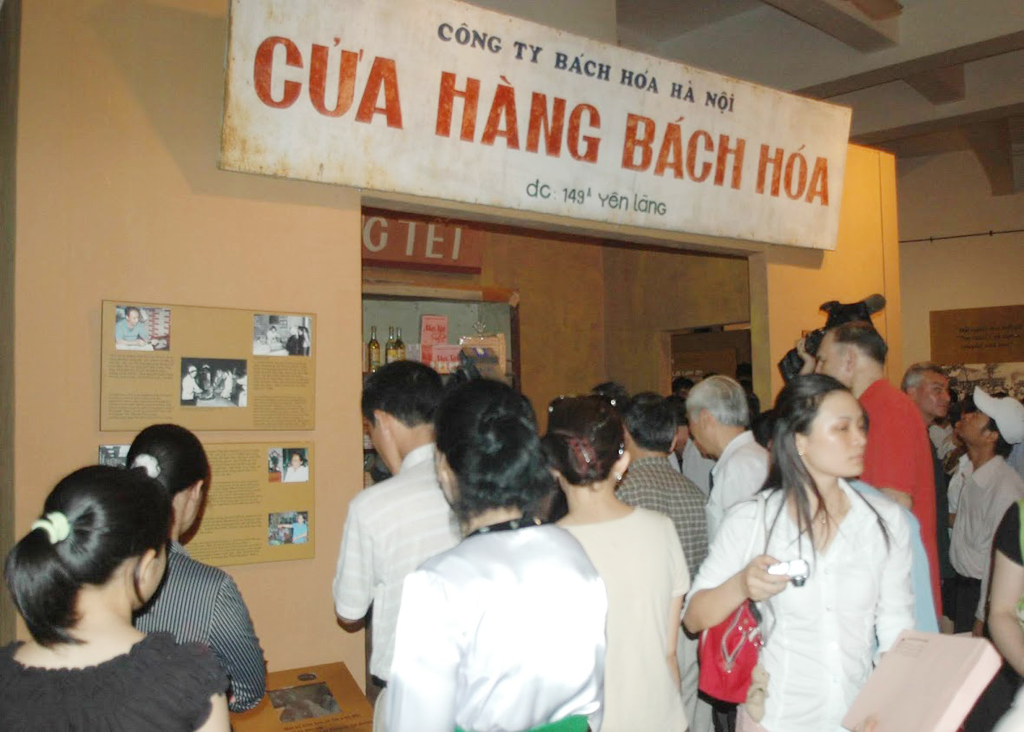
At that time, I had left my family, but whenever I had time off, I joined the noodle production team to help my mother and uncles. I had an easier task than everyone else, which was to turn the noodle cutting machine. Nowadays, noodles are round. In the past, square noodles were cut by two rollers with straight grooves, interlocking like the teeth of a comb. The noodles passed through the rollers into square-shaped strands. The process of kneading the dough and rolling it flat required skill. If kneaded too much, the noodles would stick together. If kneaded too dry, the noodles would break right on the rolling machine and fall to the ground.
The steaming noodles were probably done when the barrel was lifted from the pot. Steam billowed. The worker put on gloves, took the trays of noodles out of the steamer, placed them on the rack, and then added another batch of noodles. Once I tried some warm noodles, the taste was a bit strong, if it were today it would be like chewing straw, but back then it was sweeter and sweeter the more I chewed.
The steamed noodles are taken out to dry. When they are almost dry, the workers weigh the noodles before delivering them to customers.
Near Tet, the noodle production team put up a sign outside the door: Processing sponge biscuits. Like now, perhaps the sign has the two words "family heirloom" added to attract customers, but in the past, even without advertising, people still flocked to bring flour and sugar to have sponge biscuits processed. The ingredients to make sponge biscuits are also simple: flour, rock sugar or white sugar, eggs, a little fat, and if you add a piece of butter bought "under the table", it would be even more delicious. Many families were extravagant and added milk to the cookies. But if you want good flour, you have to wait until Tet, when the food store will sell each household a few kilos of flour, different from the lumpy, smelly kind. So, near Tet, every family brings their ingredients to process sponge biscuits, patiently lining up for their turn.
At the noodle shop, there is a person in charge of receiving and weighing the ingredients, pouring them onto the table in front of the delivery person, then beating eggs, mixing in butter or lard, sprinkling sugar and baking powder, then kneading them with the flour. After kneading, they push them to the corner of the table, attach a piece of paper with the customer’s name on it, and leave it there to wait for the dough to ferment. The table where the ingredients are placed and where the dough is rolled is placed next to the door, where everyone can see and supervise the workers.
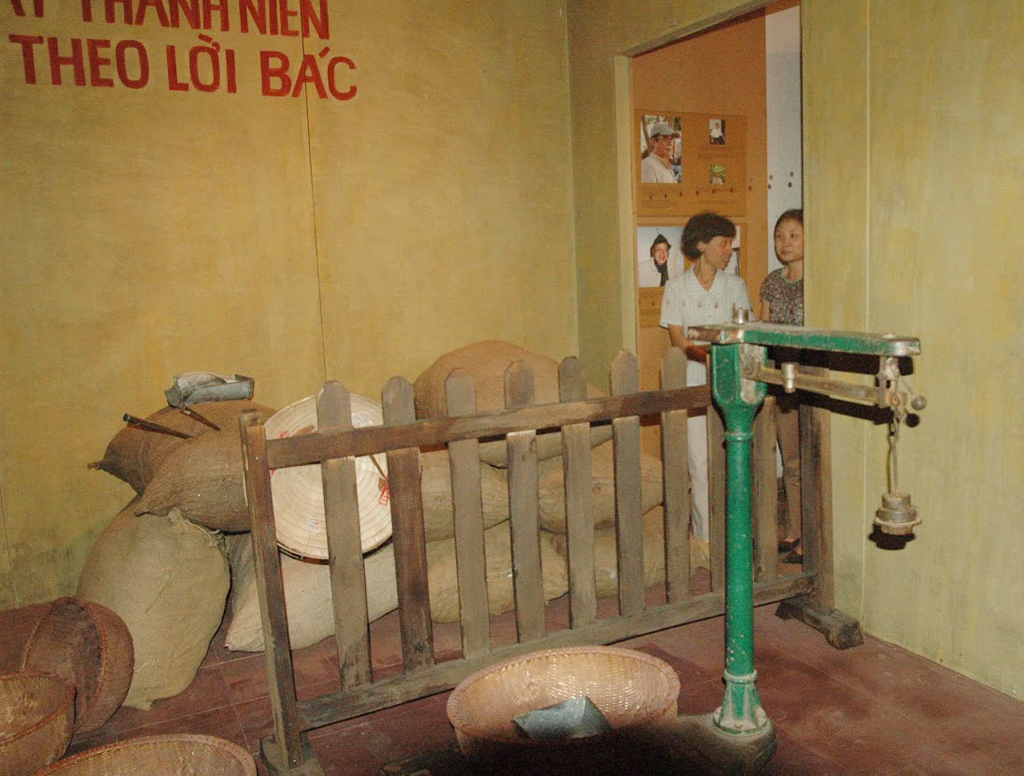
Re-enactment of a department store and a corner of a food store at an exhibition about Hanoi during the subsidy period taking place in Hanoi
The dough was rolled out and shaped into long strips, placed on a metal tray, and put into the oven. In Hanoi at that time, there was only one type of cake mold, elongated like a sampa cake, but with holes drilled along the length of the cake. With holes and enough dough, the cake would rise evenly. The dough would penetrate the holes and when cooked, turn into the thorns of the cake, creating the immortal brand of spongy thorns during the difficult subsidy period.
Back then, I often helped my mother and the other members of the group, but I was not allowed to participate in the kneading process because it was a difficult task. In addition to the recipe, it also required the feeling of someone familiar with the job to produce batches of evenly golden brown bread with few crumbs.
At that time, Hanoi also had imported biscuits, sold in specialized stores for middle and high-ranking officials. Even if they leaked out, the price was very expensive, so processed sponge biscuits were still an indispensable item in every family during Tet holiday.
My grandchildren are now indifferent even to foreign cakes, and they don’t have to wait until Tet to eat delicious cakes and candies like Hanoi children did in the past. Perhaps nowadays, few families still make cakes, but the spongy biscuits that can only be eaten once a year, the noodles that were made in the tiny workshops of the subsidy years are still deeply engraved in the memories of our generation, witnesses of a difficult time.
(Excerpt from the work Hang Bot, a "trivial" but memorable story by Ho Cong Thiet, published by Lao Dong Publishing House and Chibooks, 2023)
Source link

























































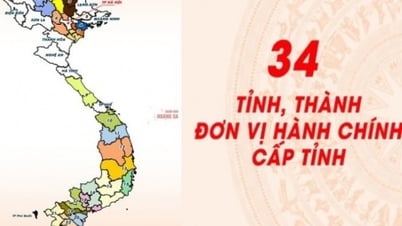















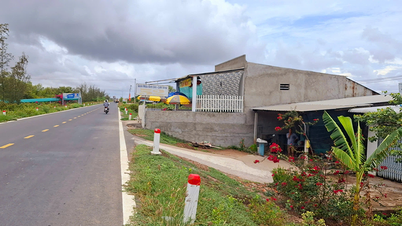



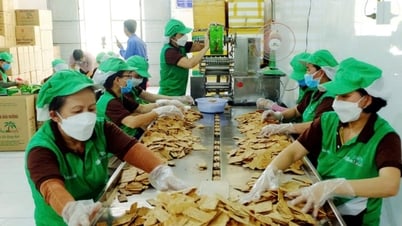







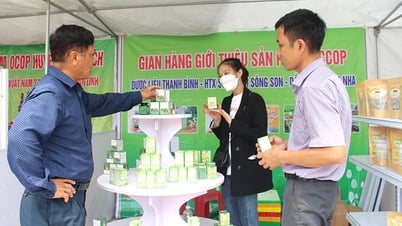








Comment (0)